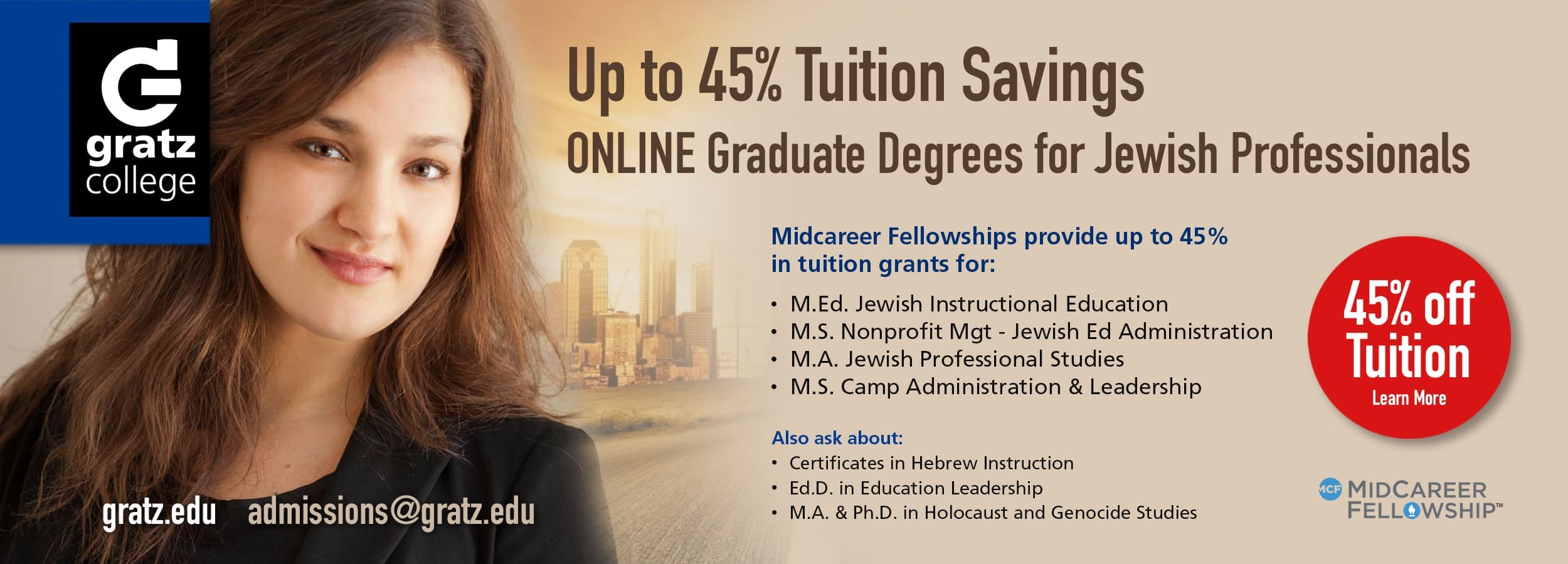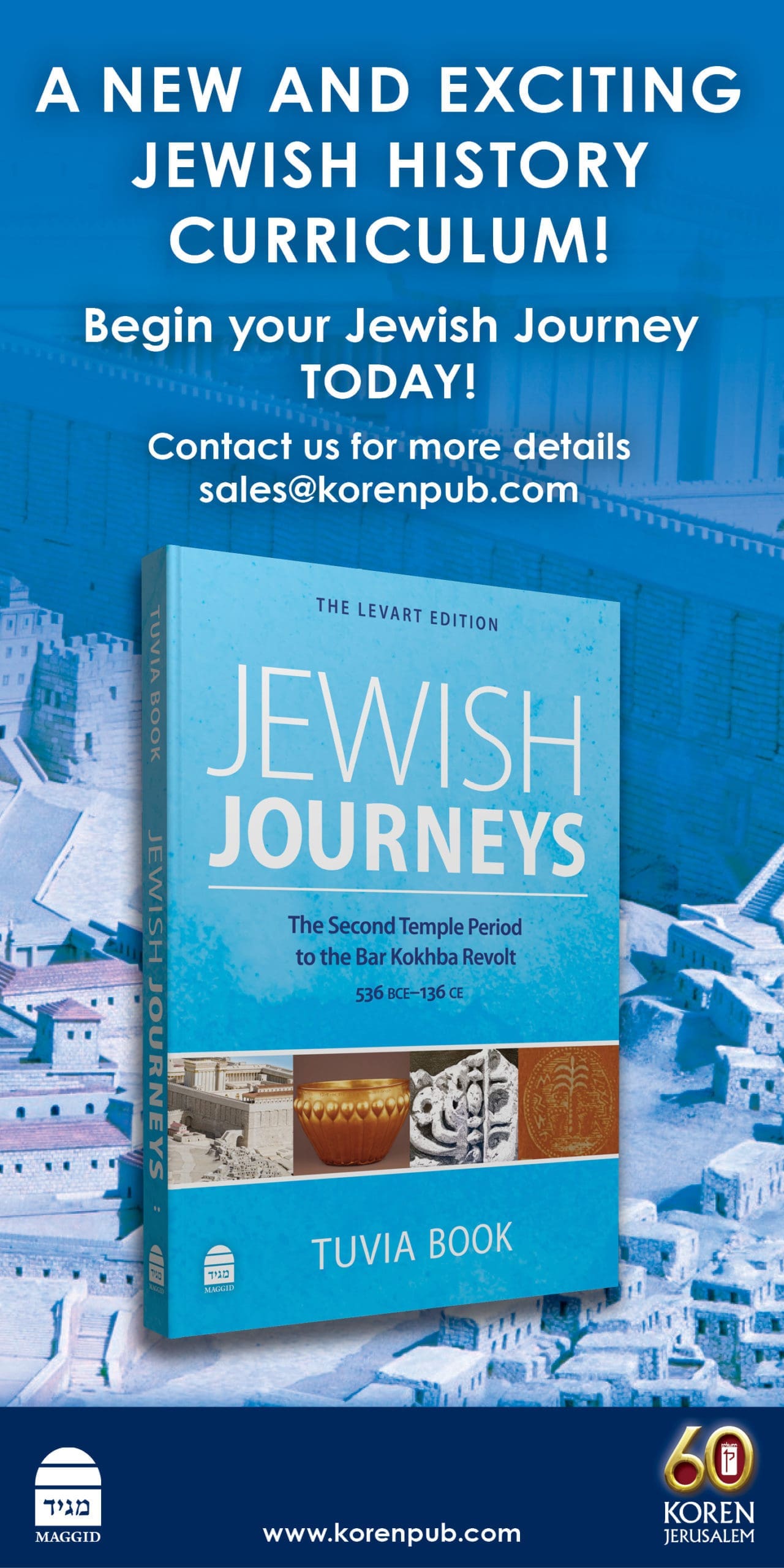For the passionate Jewish History teacher, the academic year is not long enough. There is much that you want to cover regarding core knowledge and academic skills while making space for both the topics and the types of projects and assignments that are most likely to engage the student. In this article, I offer a strategy for course design that balances core-knowledge coverage, academic-skills development, and in-depth engagement. I argue that, in Jewish History courses, core-knowledge can be covered in separate units that provide an extensive survey. This strategy ensures coverage of what the teacher considers essential and lays the foundations and provides historical references and context for in-depth learning which follows. That in-depth learning is where students develop historical thinking skills, pursue their historical curiosity, and discover the significance of Jewish history. The time and space created by a concentrated intensive survey allows for flexibility and for the teacher to adapt course content to student needs and interests.
The Survey
I teach 9th grade Ancient and Medieval Jewish History and 10th grade Modern Jewish History at Shalhevet High School (Los Angeles, CA). For each semester there is one unit devoted to the survey. For example, in the first semester of the 9th grade course, eight lessons are devoted to an overview from Biblical Israel in the time of the Israelite tribes to the Bar Kokhba Revolt. In the second semester, another eight-lesson unit surveys the era beginning with medieval times and ending with the Sephardic Diaspora that emerged after the expulsion of the Jews from Spain. In the 10th grade course the surveys are extended to twenty lessons each: the first semester survey begins with a review of the Sephardic Diaspora and continues until the outbreak of the First World War, while the second semester continues to the 1970s.
In-Depth Learning
The in-depth learning units leave more room for creativity to strategically engage the student in the chosen topic and to move beyond the learning of names, dates, and places. These units are where the students draw upon the survey knowledge that they learned, apply it to their own identity, and explore their own place in the Jewish world. These units have greater flexibility to encourage the students to pursue their historical curiosity and to personalize the significance of what they are learning for self-understandings of who they are as Jews as well as their relationship with the Jewish community and Jewish peoplehood.
For my 9th grade class, the in-depth learning units include “The Return to Zion,” “The Age of Hellenism,” “Jewish Identity in Roman Times,” “Medieval Jewish Life,” and “The Development of Judaism: From the Men of the Great Assembly to the Rishonim.” The latter unit, which is taught in the last part of the second semester, neatly reinforces the learning of the core knowledge from both 9th grade survey units while demonstrating the development of Judaism from ancient to early modern times. As for the 10th grade, in-depth learning units included a focus on Shabbetai Zvi, Jewish Emancipation, Gender and Jewish Assimilation, and a unit devoted to student historical research on the 20th century.
These units are also the place to introduce students to historical thinking skills. For example, “The Return to Zion” unit assessment scaffolds the writing of a history essay after teaching students about periodization, historical contextualization, analysis of evidence, and historical argumentation. A later 9th grade assignment is integrated with the World History course and requires the students to compare and contrast the impact of the printing revolution on both the Christian and Jewish worlds.
Conclusion
To teach Jewish History is to teach the history of a people who have existed over two millennia and who have also spanned the globe. The challenge is immense. A historical overview is essential if the story of the Jews in ancient, medieval, and modern times is to have any coherence. Skillful balance of survey and in-depth exploration is a particular value in a Jewish history course where it is critical that a span of events be covered without sacrificing the student’s opportunities to make Jewish history personally relevant and meaningful.

Jeremy Shine teaches Jewish History and Israel Education at Shalhevet High School in LA. He has co-developed integrated curriculum with World History, developed and taught Holocaust education curricula, and taught a graduate-level course on teaching Jewish history and college-level courses in Medieval Jewish History and in the Jewish political tradition.
Reach 10,000 Jewish educational professionals. Advertise in the upcoming issue of Jewish Educational Leadership.




